Argentina The 10 most touristically places, Argentina, a vast and diverse country in South America, captures the hearts of travelers with its stunning landscapes, rich cultural heritage, and vibrant cities. From the iconic peaks of the Andes to the lively streets of Buenos Aires, Argentina offers a multifaceted tapestry of experiences. This exploration delves into shedding light on the unique attractions that draw millions of visitors each year.
1. Buenos Aires: The Elegant Capital
Buenos Aires, the cosmopolitan capital of Argentina, is a city that seamlessly blends European sophistication with South American flair. The historic neighborhoods of San Telmo and La Boca showcase colonial architecture, vibrant street art, and tango performances in the streets. The iconic Obelisco stands tall in the city center, symbolizing Argentina’s vibrant culture. The Recoleta Cemetery, resting place of Eva Perón, and the Teatro Colón, one of the world’s grandest opera houses, add to the city’s cultural richness. Buenos Aires’ eclectic neighborhoods, dynamic street life, and a passion for soccer make it a captivating introduction to Argentina.
2. Iguazu Falls: Nature’s Masterpiece
Iguazu Falls, a UNESCO World Heritage site, straddles the border between Argentina and Brazil, offering a mesmerizing display of natural beauty. The falls, composed of over 250 individual cascades, thunder down into the lush Iguazu National Park. The Devil’s Throat, the most powerful section of the falls, is a highlight accessible by catwalks that provide breathtaking views. Surrounded by subtropical rainforest, Iguazu Falls is not only a natural wonder but also a haven for biodiversity, making it a must-visit destination for nature enthusiasts.
3. Bariloche: Alpine Beauty in Patagonia
San Carlos de Bariloche, nestled in the northern Patagonian Andes, is renowned for its stunning alpine landscapes and Swiss-style architecture. Set along the shores of Lake Nahuel Huapi, Bariloche offers outdoor enthusiasts a playground of activities, including hiking, skiing, and water sports. The Civic Center, with its iconic clock tower, and the nearby Cerro Otto provide panoramic views of the surrounding lakes and mountains. Bariloche is also famous for its delicious chocolate and is often referred to as the “Chocolate Capital” of Argentina, adding a sweet touch to its appeal.
4. Mendoza: Wine Country in the Andes
Mendoza, situated at the foothills of the Andes, is the heart of Argentina’s wine country. The region’s vineyards, especially in areas like Luján de Cuyo and Maipú, produce some of the finest Malbec wines in the world. The scenic backdrop of snow-capped mountains adds to the allure of Mendoza. Visitors can explore the vineyards, sample exquisite wines, and enjoy the tranquility of the countryside. The city of Mendoza itself is known for its wide boulevards, leafy plazas, and vibrant cultural scene, making it a destination that caters to both wine enthusiasts and lovers of natural beauty.
5. Salta: Colonial Grandeur in the Northwest
Salta, located in the northwest of Argentina, is a city that preserves its colonial charm and boasts some of the country’s best-preserved colonial architecture. The Plaza 9 de Julio, with its historic buildings and neoclassical cathedral, is the heart of the city. The Tren a las Nubes (Train to the Clouds), a scenic train journey through the Andes, starts in Salta and offers breathtaking views of the high-altitude landscapes. The surrounding valleys, such as Cafayate, are known for their vineyards, colorful rock formations, and ancient archaeological sites, making Salta a destination that combines history, culture, and natural wonders.
6. Ushuaia: The End of the World
Ushuaia, situated at the southernmost tip of South America, proudly bears the title of the world’s southernmost city. It serves as the gateway to Tierra del Fuego National Park, a pristine wilderness with rugged landscapes, glaciers, and diverse wildlife. Ushuaia is a popular starting point for cruises to Antarctica, attracting adventurers and nature enthusiasts. The city itself is surrounded by the Martial Mountains, offering opportunities for trekking, skiing, and other outdoor activities. Ushuaia’s unique location and dramatic scenery make it a destination that captures the imagination of those seeking a journey to the “End of the World.”
7. Córdoba: University Town and Colonial Heritage
Córdoba, in the central part of Argentina, is a city that blends a youthful energy with colonial charm. Home to one of the oldest universities in South America, the National University of Córdoba, the city has a vibrant cultural scene and a lively atmosphere. The Jesuit Block, a UNESCO World Heritage site, includes historic buildings such as the Manzana Jesuítica and the Córdoba Cathedral. The nearby Sierras de Córdoba offer opportunities for outdoor activities, including hiking and horseback riding. Córdoba’s mix of history, education, and natural beauty makes it a destination with broad appeal.
8. El Calafate: Gateway to Perito Moreno Glacier
El Calafate, located in the Patagonian region of Argentina, is the gateway to the awe-inspiring Perito Moreno Glacier. This massive glacier is part of the Los Glaciares National Park, another UNESCO World Heritage site. Visitors can witness the glacier’s towering ice walls and even take boat tours to experience its grandeur up close. El Calafate itself is a charming town with picturesque views of Lake Argentino and a starting point for exploring the stunning landscapes of southern Patagonia.
9. Rosario: Cultural Hub along the Paraná River
Rosario, situated along the Paraná River, is a city with a rich cultural scene and a vibrant atmosphere. The Monumento a la Bandera, an iconic monument honoring the Argentine flag, stands proudly along the riverbanks. Rosario is also known as the birthplace of revolutionary leader Che Guevara, and his childhood home is now a museum. The city’s parks, including the Parque Independencia, provide spaces for relaxation and recreation. Rosario’s cultural events, music festivals, and riverfront activities make it a dynamic destination that celebrates both tradition and modernity.
10. Puerto Madryn: Wildlife Haven on the Peninsula Valdés
Puerto Madryn, located on the northeastern coast of Patagonia, is a gateway to the remarkable wildlife of the Peninsula Valdés. The peninsula is a UNESCO World Heritage site and a haven for marine mammals, including southern right whales, seals, and sea lions. Visitors can take boat tours to witness these creatures in their natural habitat. Puerto Madryn is also a popular destination for birdwatching, particularly for the diverse bird species that inhabit the region. The city’s Welsh heritage adds an extra layer of cultural richness, making Puerto Madryn a unique destination for nature lovers and history enthusiasts.
In conclusion, Argentina’s allure as a tourist destination lies in its diverse offerings, from the cultural richness of Buenos Aires to the natural wonders of Iguazu Falls and the Andes. Each of the ten highlighted destinations showcases a different facet of Argentina’s vast and captivating landscape, inviting travelers to explore the country’s multifaceted beauty. Whether immersing in the tango rhythms of Buenos Aires, marveling at the natural wonders of Patagonia, or savoring the world-class wines of Mendoza, Argentina stands as a testament to the harmonious blend of history, culture, and natural splendor, making it a captivating destination for global travelers.


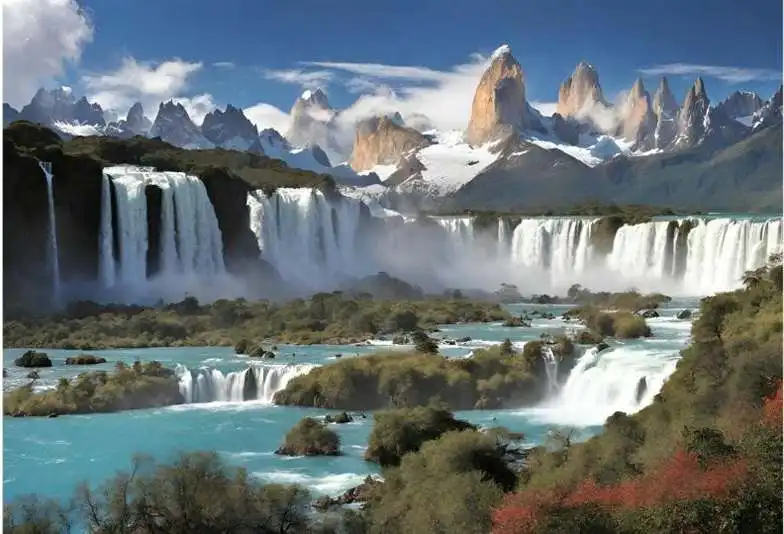
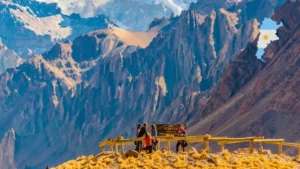




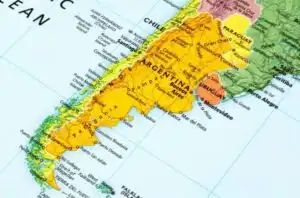


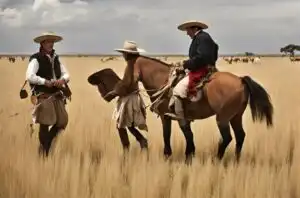







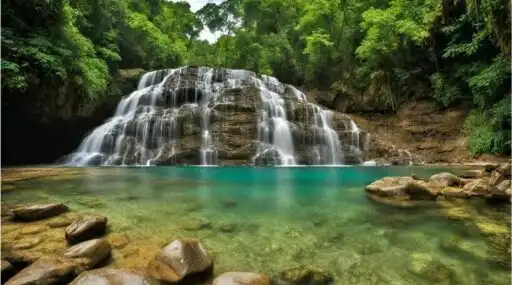
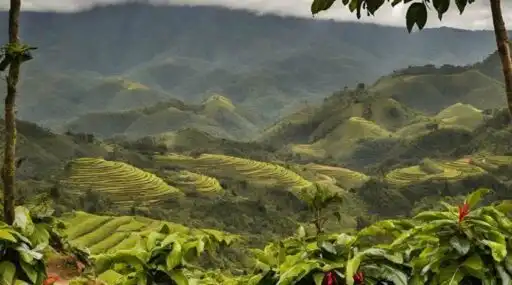












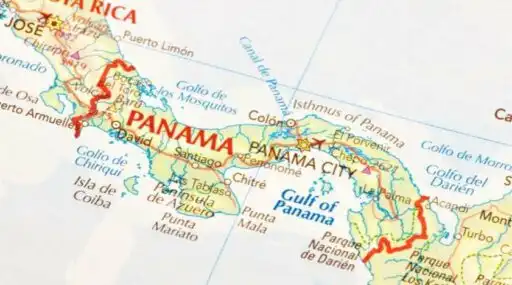


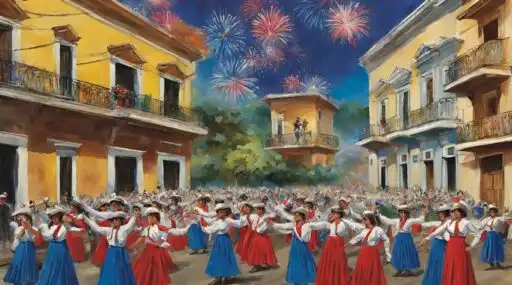


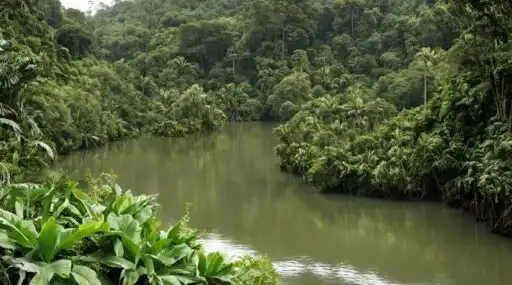
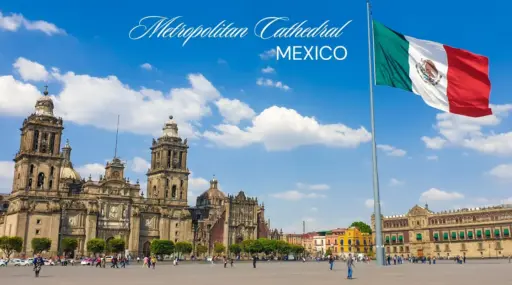






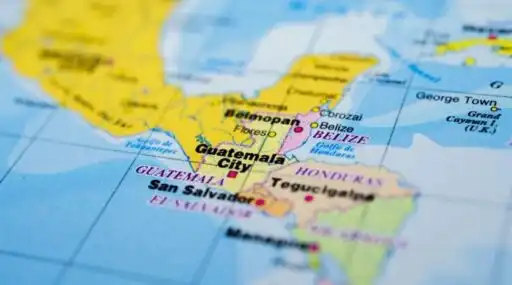

Leave a Reply